art
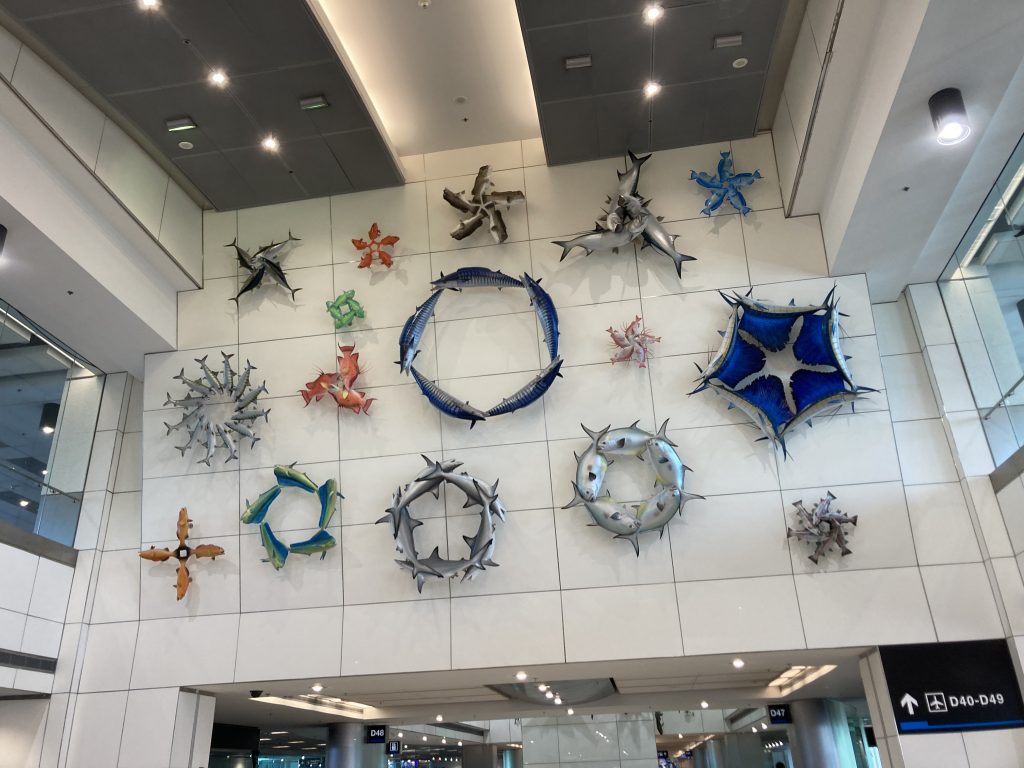
The traveler explores the American Wayside, verifying the contents of a mysterious guide written by a man with whom he shares a likeness and name. Excerpts from ‘Autumn by the Wayside: A Guide to America’s Shitholes’ are italicized. Traveler commentary is written in plain text.

‘Nobody knows who posts the signs for ‘FREE COFFEE,’ and nobody is entirely sure whether they’re advertising the liquid or the site itself. Government authorities have recommended against ingesting anything taken from ‘FREE COFFEE’ but then, the government has always been reluctant to give anything away for free.’
What the guide fails to mention about ‘FREE COFFEE’s’ signage is that it varies wildly. There are cardboard signs everywhere, stapled to trees and lampposts, littering the ground. The letters are marked in a dozen different styles. ‘Coffee’ is sometimes- is often- misspelled. Sometimes I find pieces of paper that just say ‘free’ or ‘coffee’ and I have to wonder whether it’s long-term advertising or just pieces of a single sign that have been separated.
During the news, yesterday, between weather and sports there was a commercial advertisement. Just the words ‘FREE COFFEE’ on a blue background for three straight minutes. I’ve seen a billboard or two. The phrase comes up on coasters and once there was a voice on the radio: ‘FREEEE COFFEE!’ ‘FREEEE COFFEE!’ It’s everywhere and has been for some time.
So I finally make my way to ‘FREE COFFEE,’ which is in Colorado (and none of the advertisements mention that). It’s late autumn and cold and there’s some snow on the ground, mixed with mud and maybe coffee. There’s an old metal pump in the ground, there, and a spigot. Both blazingly hot to the touch, I find out just a little too late. Paper cups litter the area, crisp and uncrumpled. I take one from the ground and shake a pine needle from the bottom. I make sure Hector is out of range and I pull on gloves to work the pump. The lever resists, gives, and resists again, like I’m pulling rubber from the ground. After I struggle through three pulls, hot, brown liquid erupts from the spigot, fills and knocks over the cup, and melts the snow around it.
I grab another cup and brace it with rocks. This time, when the spigot vomits ‘coffee,’ the cup stays upright.
I wait a few minutes for the coffee to cool and then quickly transfer it to a third, less melted cup for tasting. It’s pretty good.
The advertising peters off after that, which is a concern in and of itself, but I try to put it behind me. Granted, there’s a lot already back there.
-traveler
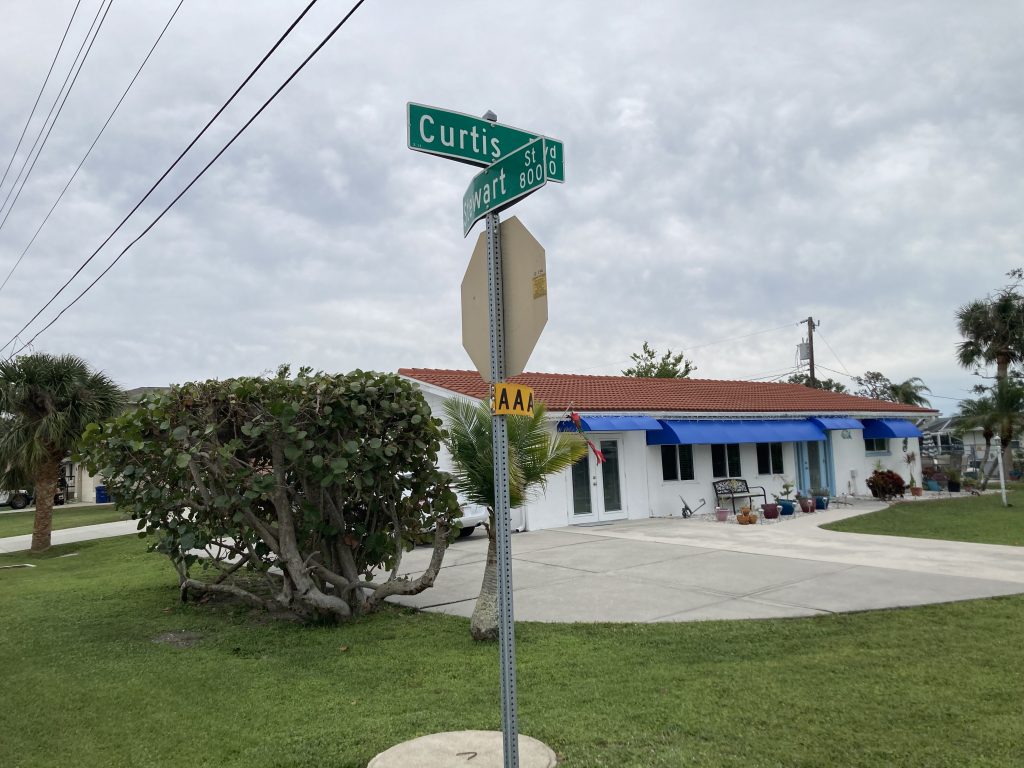
‘There is nothing miniature about East Iowa’s ‘Miniature Bowling Alley.’ The qualifier is meant to draw comparisons to ‘miniature golf’ – to communicate that this is not your normal bowling alley, but one in which Rube-Goldbergesque set pieces will aid or impede plays.
The ‘Miniature Bowling Alley’ is actually massive and convoluted, its lanes crossing and crisscrossing and generally overstaying their welcome. The weight of the balls. The length of the courses. The constant, uneven crashing of gutter balls. Nobody has scored a perfect a game simply because so few people have finished.
Much of the ‘Miniature Bowling Alley’ has fallen into the sort of disrepair one expects to see in the latter stages of a sports venue’s life. The plastic chairs are scratched and sticky. The food is lukewarm and overpriced. The people who work there never seem to leave. They blend in with the furniture, maintain a stoic indifference that is occasionally interrupted by something like blind existential panic.
The panic is timed with the orrery finale of the ‘Miniature Bowling Alley.’ The 18th hole requires that nine bowling balls, unlocked at various stages previous, be aimed and timed such that they orbit a massive and vaguely sun-decorated center ball. Nobody knows what’s supposed happen if this succeeds because it’s a near impossible ask and because, when it nearly did happen in the late seventies, the man behind the shoe counter threw himself into the lanes to block the shot: an action he was contractually obligated to take.
Labor laws have changed in the meantime but then, interest in bowling has declined. Most now visit the ‘Miniature Bowling Alley’ to engage with the lesser obstacles: a lobster that playfully squeezes rogue balls, a literal cannon, an industrial clown with bowling pin teeth that gnashes and chimes. This hardly seems to comfort the owner who is very, very old and yet still paces the orrery, still grips the railing when a young couple-in-love tries for a clumsy win. There is no doubt he will throw himself in front of a winning shot. No doubt it will kill him.
Then, there will be no one to stand in the way.
-an excerpt, Autumn by the Wayside
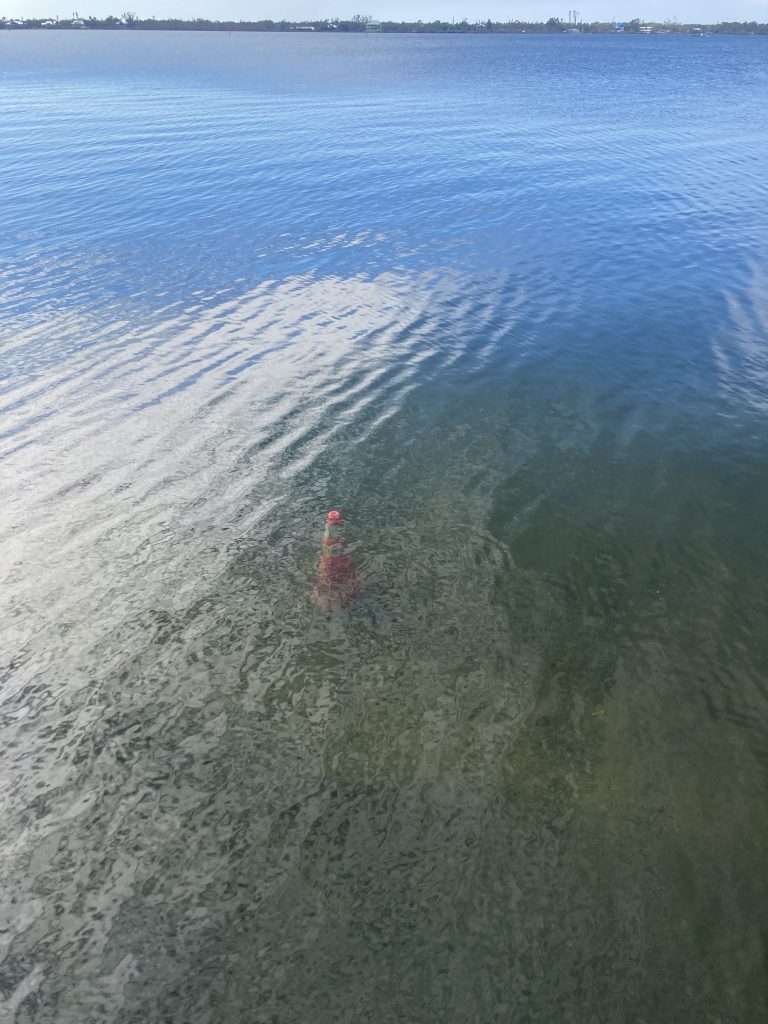
‘The Crawlway’ is mentioned only on the onion pages, existing as a subtext to the guide in the same way that ‘The Crawlway’ is both ubiquitous and hidden in the foundation of the country. I’ve walked by dozens of entrances in the last year alone, disguised as fuse boxes and storerooms. Concealed behind furnaces and furniture. Ways in aren’t hard to find at all. They’re hidden like keys under doormats rather than, say, bodies in the forest. Once you know where to look, it’s stranger to find the back of a closet, solid- the space under a loose plank, earth.
‘Call it ‘The Wormway,’ ‘The Dirt Path,’ ‘The Undertrail,’ or, if you’re feeling folksy, ‘The Devil’s Road,’ ‘The Great American Crawlway’ is an umbrella term for the cavern-like system formed of the country’s basements via earthquake and a compulsive tunnelling syndrome that seems to come upon certain men in their mid-forties.
‘The Crawlway’ serves no one purpose and serves many instead. Smuggling and hiding, of course. Waiting out perceived apocalypses. Most people choose not to consider it, but enough do that one might reasonably expect to run into traffic- to stumble upon scenes that weren’t meant to have witnesses. The strangeness of ‘The Crawlway’ is that nobody who enters separately ever meets.’
When ‘The Crawlway’ tightens such that I’m inching forward on my stomach, only just pressing my shoulders through, Hector wriggles from his harness and hops ahead. I call after him to wait up but he doesn’t listen of course. He returns to me off and on over the next ten minutes, sniffling at my hair or nipping my fingertips. Impatient for carrots I wouldn’t be able to reach even if I wanted to.
We emerge from behind an old entertainment system in a furnished basement. It’s snowing outside and the bass thudding of footprints above, the smell of cooking onions, suggests that a family is making dinner. A mug on the table is filled with warm tea. Welcome heat flows from the vents. Hector and I make camp.
Have you ever felt an irrational need to avoid a familiar place? Have you ever broken from engrained nighttime habits- fallen asleep with jeans on or forgotten to brush your teeth? I have, and I imagine it must be ‘The Crawlway.’ I was living in my parent’s basement before all of this and I wonder if someone is living there now.
-traveler
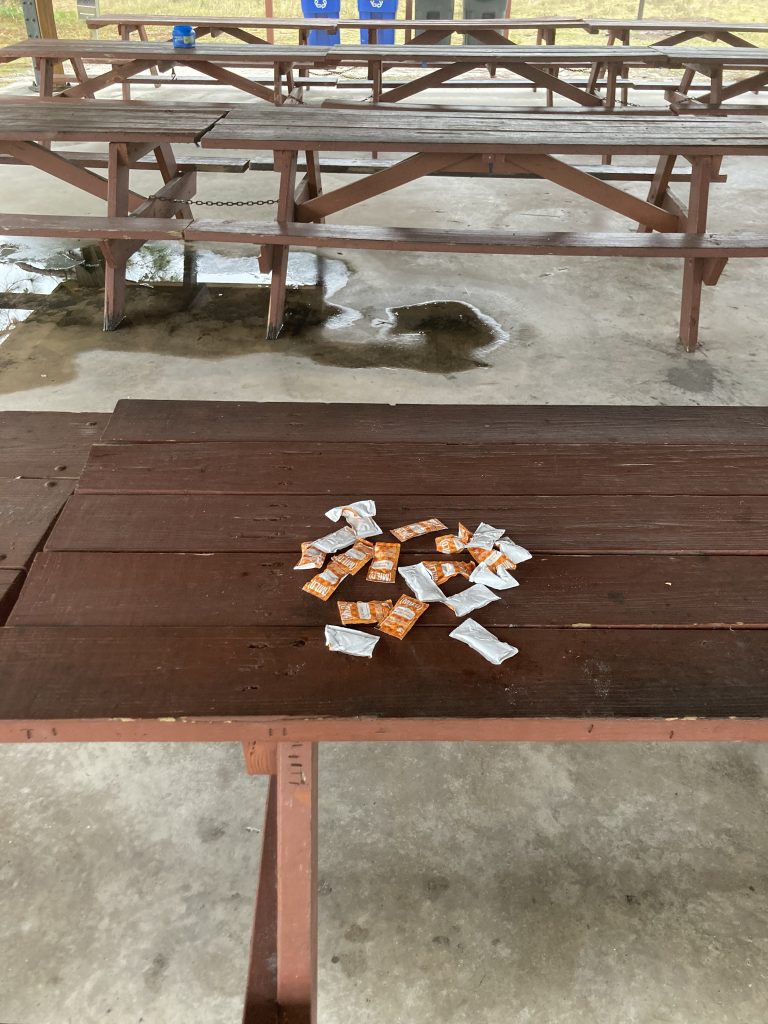
‘Oaken and ancient, swollen with old rainwater and mold, scarred by time and graffiti, the most distinct of which is the word ‘LOVE’ carved so deep that the wood is bound to crack along those letters, ‘The Revelation Post’ swings freely in the outskirts of Minneapolis: a dangerous muse. Previously a fence, ‘The Revelation Post’ was swallowed and raised by a tree that roiled up and began to consume the power cords above it, prompting the county to kill the thing and move the lines three feet back. The tangled fence and tree and cord were left to hang from the abandoned post, their removal falling between the jurisdictions of a number of disinterred departments. It brained a woman the following week, whipped up in a storm wind, and cured her of nagging writer’s block which meant, of course, that she spread the word.
The local government’s attempts to destroy or even just secure ‘The Revelation Post’ have been met with opposition, both from citizenry and from ‘The Post’ itself which seems to have a defensive knack for granting debilitating revelations when in danger, sending interlopers home to really think about their choices and to make amends as best they can.’
Hector and I arrive at ‘The Revelation Post’ on a windy day. A man lies unconscious nearby, bleeding from a fresh head wound. He comes to when I shake him and stands, refuses help, and walks away deep in thought. ‘The Post’ swings erratically, gentle and vicious in turns. I look back at the man, now a dot on the horizon. Still standing, at least. But wobbling.
I put Hector in the kennel and pin a note to my jacket with some relevant medical details. Namely: don’t call an ambulance. I don’t have insurance and I certainly don’t have money. I’ve written instructions for feeding Hector on the back.
The onion pages indicate that there is a perfect spot for being granted revelations here. That someone has marked it with an ‘X’ based on a revelation of their own. I crawl about and pull dirt up until I find it: a wooden ‘X’ buried and spray painted with the message ‘For Inspiration.’
‘The Revelation Post’ whistles above my head.
It’s only when I have everything in order that I come to terms with the fact that I won’t be able to bring myself to stand on the ‘X.’ I’ve never been into self-harm, even when it’s good for me. I feed Hector a carrot through the bars of the kennel and move to re-bury the ‘X’ and I squat just a little too high. I feel the blow on the back of my head and the world blinks.
When I regain my senses, I have the distinct feeling that I should give this up before it kills me.
But that’s something I’ve known for a while.
-traveler
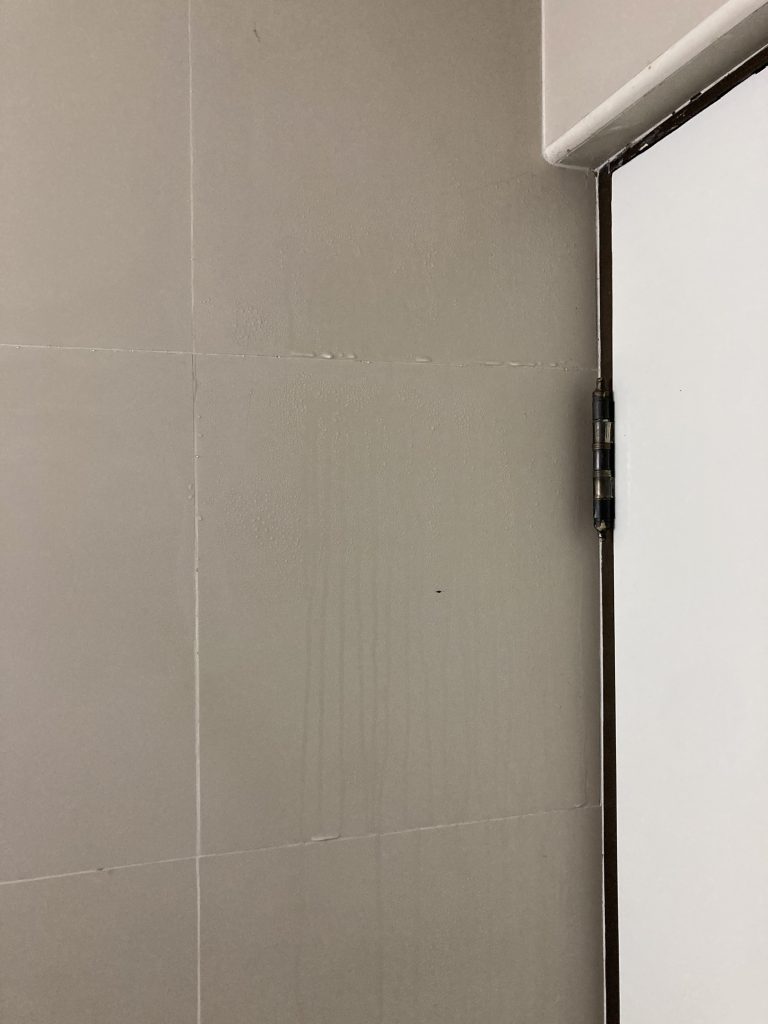
‘The ‘Perm-a-Potty Field’ in southern Alabama is an unmissable attraction, not because it is pleasant in any sense of the word, but because it is huge and neon and it smells as though a shit-laden truck crashed into a lake of formaldehyde. Society assures us that chemical toilets break waste down but we all know it’s still there, that it’s not something else, and there’s no greater evidence than the ‘Perm-a-Potty Field’ which may as well hold an ocean of excrement in its thin chemical disguise.
Satellite images indicate that the field is 159 potties long and 98 potties wide, evenly spaced and growing all the time. The man that owns the field is a mystery. He answers no calls. Speaks only to the companies that will sell or rent him more potties for the field. He pays off politicians who might raise a stink, as it were, and he lives far away. Somewhere cleaner and fresher and duller.
The ‘Perm-a-Potty Field’ is open to the public but it is not welcoming. No signs indicate that a traveler should use these toilets- they would be lying if they did. The outer potties are filthy beyond saving. The inners are hit and miss but reaching them means spending longer in that stinking invisible cloud. In those staticky plastic corridors.
People have died in the ‘Perm-a-Potty Field.’ That’s not true, but eventually it will be. It would be a shame to be the first, wouldn’t it?’
-an excerpt, Autumn by the Wayside
© 2024 · Dylan Bach // Sun Logo - Jessica Hayworth